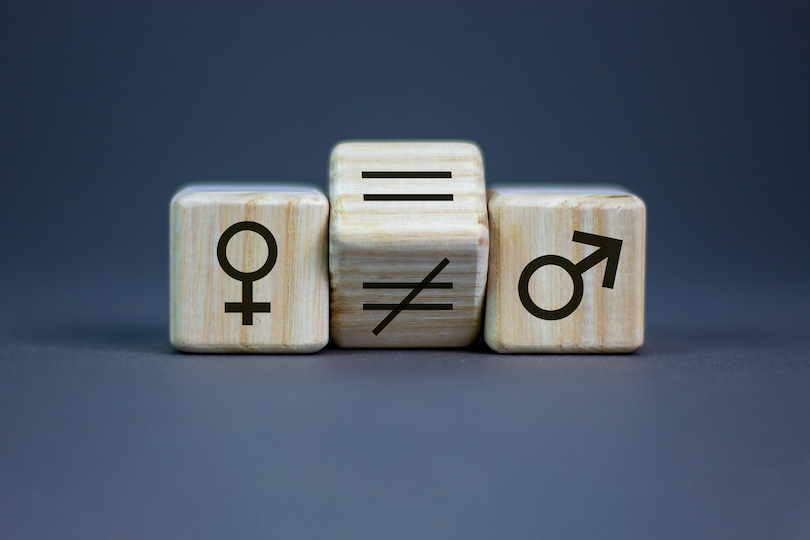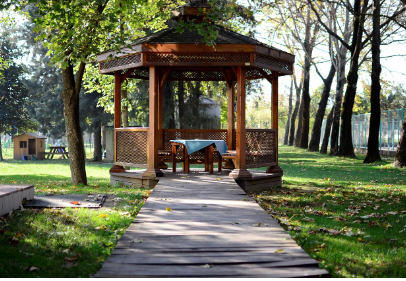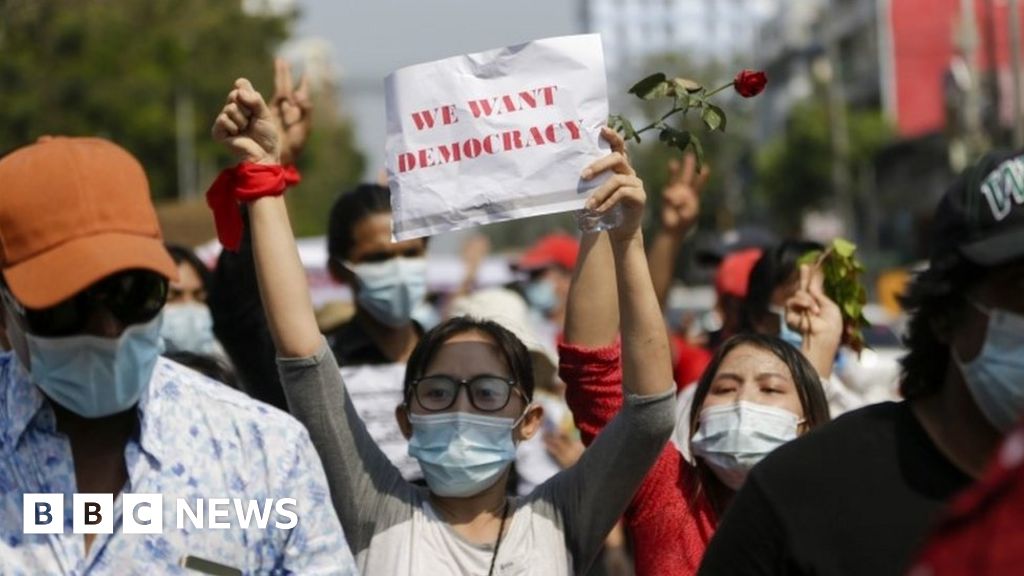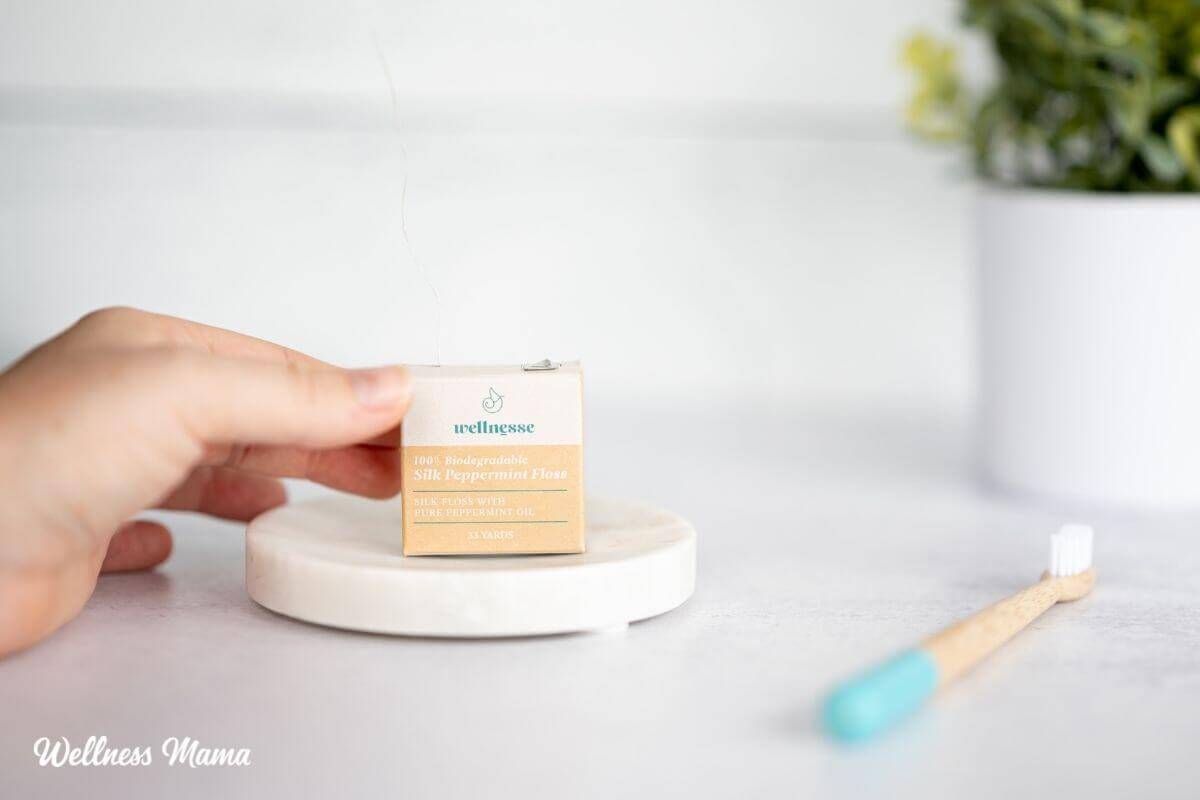The Ladies, Peace and Safety (WPS) agenda has been an ambivalent platform for celebrating achievement and lamenting outcomes. Ladies peacebuilders world wide have develop into more and more extra vocal because the adoption of UNSCR 1325 and have discovered allies all through UN buildings to amplify their voices. A lot as they’ve made their presence recognized in peace processes in Syria, Libya, South Sudan, Cyprus, the Philippines, Colombia, and elsewhere although, they’ve additionally seen acknowledgment include a reluctance to undertake their claims in substance. Fifteen resolutions on from UNSCR 1325, we at the moment are celebrating the thwarting of resolutions that search to co-opt the WPS agenda to backtrack on feminist good points, resembling not too long ago tabled by Russia.
Certainly, the relation between the softer language through which WPS is commonly couched and the extra radical feminist claims linking gender to battle has typically been fraught. One of many founding assertions of WPS is that the inclusion of ladies ends in longer-lasting peace. This isn’t solely an empirical declare however a political one whereby this inclusion is linked to inclusivity extra usually, transparency, democracy, and social justice. This hyperlink additionally offers the path for broader intervention agendas that use gender views to advocate for wide-ranging institutional modifications post-conflict to deal with equality and social justice questions. New constitutions are alternatives for coverage modifications that beneath regular circumstances may need taken for much longer to undertake. But when battle – and its finish – can event feminism, may we maybe additionally see feminism as inherently a post-conflict situation? And if that’s the case, can this relation additionally illuminate points of the annoyed progress in WPS? On this brief article I wish to discover what occurs if as a substitute of ranging from the premise that battle impacts men and women in a different way, we begin from the premise that battle is productive of recent developments in feminist agendas. Gender will not be used to inform us one thing about battle, however battle is as a substitute employed to inform us issues about feminism.
Typical histories of western feminism find the motion’s progress alongside the three waves of the 20th century: the wrestle for ladies’s suffrage and its victories within the Nineteen Twenties, the wrestle for emancipation and the politicisation of the personal sphere within the Nineteen Sixties, and the wrestle for the popularity of multiplicities of genders, feminisms, and discriminations on the shut of the century. Transpose that onto typical western historical past and people dates observe carefully three world wars and their penalties: the devastation of WWI (1914–1918), the totalitarian spectre of WWII (1939–1945), and the collapse of the dichotomic world order of the Chilly Struggle (Forties–1989). The hyperlinks between these two trajectories are kind of well-established.
Suffragette motion historians have traced connections between the lively roles that ladies took within the struggle efforts in Britain, France, and the US and the strengthening of arguments supporting their vote. On the extent of political discourse, ladies had confirmed their contribution to the general public sphere and that made their exclusion untenable (van Wingerden, 1999). Additionally they highlighted the paradox of democratic deficits when the struggle was staked totally on democracy (Karlan, 2003). And in sensible phrases, their votes had been now needed to spice up the conservative vote in France (Hause and Kenney, 1981) and the liberal authorities within the UK. Within the latter, the disenfranchisement of teams resembling troopers and sailors on residency grounds offered room for the arguments suffragists had been making for many years and made them compelling. On this mild, the struggle offered the context that amplified claims and made their heeding expedient. Political scientists have learn this within the language of “alternative” (McCammon et al, 2001), very carefully echoed in requires elevated participation of ladies in post-conflict polities beneath the WPS agenda.
The other method is taken by Nancy Fraser, who sees within the developments in gender equality after World Struggle II a co-optation of not less than a part of the agenda to capitalist calls for and its “valorization of waged labour” (2009: 111). Quite than ladies benefiting from political alternatives, she argues that capitalism absorbed their good points. Research of the second wave famous the parallel trajectory that adopted the struggle of increasing manufacturing and wealth on the one hand and claims to equality on the opposite. Ladies’s contribution to the struggle effort contributed to rendering ladies’s presence within the expanded labour pressure indispensable, whereas on the similar time, for these ladies that returned to home duties, it offered the context for critiquing their relegation there. The claims to recognition of home work as unpaid labour and thus to expanded welfare protections was additionally coupled with claims concerning the pay hole and to gender protections round copy and sexual violence inside and out of doors the house. The private-political sphere constituted within the second wave was without delay a sphere of rights and of labor. From a cautionary perspective resembling Fraser’s the chance of aligning pursuits on this post-war part was additionally a legal responsibility. In both case nevertheless, the wrestle for equality and its good points had been embedded in western societies within the strategy of recovering and prospering after struggle.
But when the restoration from devastation occasioned good points in gender equality after the 2 world wars, the tip of the Chilly Struggle within the late Eighties offered floor for amplifying the requires consideration to the a number of kinds that such equality ought to take. The collapse of the twin order and the framing of globalisation as without delay a a number of and related system, provided a context to reconstitute second wave fractures in approaches to feminism, sexuality, discrimination, and positionality as related struggles alongside a spectrum – it tried “unity with a dynamic and welcoming politics of coalition” (Snyder, 2008: 176). Most significantly, the collapse of the bipolar order rendered the dynamics between the worldwide North and South a serious level of reference within the intersectional dynamics that the third wave thought of. It’s at this level that worldwide politics gained prominence in feminist politics and vice versa, even when connections pre-existed it (Tickner and True, 2018).
But curiously, at this exact level, the post-Chilly Struggle situation and the third wave grew to become elements of two separate discussions, the primary honing in on ladies and peace, the second on extra cultural questions of id. It’s virtually as if the coalition method solid two paths out of the feminist politics of the private: a capitalised Feminist Politics of worldwide relations captured largely by the WPS agenda and a lowercase feminist politics of the cultural sphere. Their reconvergence within the international protests spurred by the #metoo motion and the campaigns in response to femicides in India and Boko Haram abductions counsel that the discursive fine-tuning developed alongside the way in which could have enhanced quite than weakened their coalition-building potential.
My level in revisiting this historical past is to counsel that a method to have a look at feminism is as being integrally related to the post-conflict situation. Points beneath WPS are thus not merely a subset of feminist questions, nor a subset of post-conflict politics. Feminism agendas are developed in post-conflict contexts that are productive of feminist shifts. (Publish-)battle and feminism are integrally related and indispensable to at least one one other. Why is this transformation of perspective important? As a result of it connects feminist multiplicities and since it refocuses gender equality as a mission perpetually beneath development and at all times within the making in post-conflict societies. And from this angle we will now start to rethink “post-conflict” not as a situation of separation inside international hierarchies, however as a situation that’s widespread. Finding feminism inside the western-centric three waves and the western-centric world wars is about remembering that each feminism and battle join as a lot as they divide the world’s areas.
Granted, that the discourse of the three waves of feminism is a discourse that valorises “progress” within the flattening phrases of Western privilege, making use of notably to the US and the UK, and notably to sections of ladies in these societies. The hyperlinks between industrialisation and wealth manufacturing that offered the impetus for altering approaches to ladies’s suffrage and work don’t apply universally after battle. Removed from a grand entry to the workforce, in the present day, a recent study exhibits (Quek, 2019), ladies in battle conditions face added challenges in employment. But additionally they adapt to and use the alternatives that post-conflict environments allow (Yadav, 2020). The story will not be singular, and progress will not be linear. A studying of world dynamics doesn’t solely enable for critique, however via this critique decentres each “feminism” and “post-conflict.” However the story doesn’t finish there. As a result of in so doing, it allows their connections to open up new areas for thought and motion. The reconfiguration of “feminism” and “post-conflict” as inherently related phrases is a suggestion that’s embedded within the political construction of the WPS agenda however which, I wish to argue, furnish this agenda with a much more wide-ranging and radical potential if learn via an all-encompassing feminist lens. For whereas WPS is based on the promise of an expanded view of safety (Tryggestad, 2009), its conception of battle and its results in “post-conflict” as primarily a scenario contained inside warring areas, retains it locked right into a essentially neo-colonial body.
A method this promise will be stored is by revising the phrases beneath which Nationwide Motion Plans for the implementation of UNSCR 1325 are produced. Scores of feminist students have drawn consideration to the problematic neo-colonial relations that undergird these plans, putting ladies within the North, and certainly the UN, ready of “bringing” WPS to ladies within the South. This, I do know from expertise partly analysed elsewhere (2016, 2018, 2020), could entail listening to their voices and enabling their use of UNSCR 1325 as a software, but it surely finally bounds the North to exporting gendered peace and gendered safety to the South. It can’t be in any other case, as a result of WPS by its very construction relies on a definition of “battle” as a struggle or war-like scenario in a neighborhood context, and the hyperlink of “safety” to that native battle atmosphere. Northern NAPs because of this, proclaim actions concerning peacekeepers deployed in these battle areas and peace interveners referring to ladies in these battle areas. Is battle actually so localised in the present day? When refugee ladies fleeing battle places come to the North, will not be these internet hosting societies additionally a “post-conflict” area? But what number of NAPs actually tackle post-conflict circumstances at dwelling?
If we rethink battle and post-conflict in additional expansive phrases whereas preserving in thoughts its integral hyperlinks to feminist struggles, removed from partaking in a tautological train, we re-emphasize the expansive scope of the human safety agenda that underpins WPS within the first place – an agenda that implicates societies and never simply army buildings within the provision of “safety” and in doing so reconfigures these societies in international phrases and never as localised factors within the export of norms and values. This might imply reframing citizenship in Cyprus, rethinking intervention in Afghanistan, refocusing “indicators” of progress, redirecting sources, addressing refugee circumstances in western camps, coping with racism and anti-migrant violence and hate speech, recommitting to the safety of the displaced as gendered topics and as a precedence over border policing, rebalancing approaches to local weather refugees and local weather displacement. The record is infinite, however the level is to combine a priority for accountability for battle as a world concern quite than a directional one from Northern “peace” to Southern “battle.”
Not least now, when the COVID-19 pandemic has product of all international locations a catastrophe zone and has highlighted how its results are inconsistently felt by ladies struggling violence at dwelling, precariously employed, carrying the bigger burden of frontline work in retail and care, and the bigger burden of dwelling education. It’s telling that laudable as the eye to those connections has been, virtually instantaneously, on the UN and internationally, a WPS-framed evaluation as exemplified within the examination of particularly Arab NAPs (Swaine, 2020), stays locked in these regionalising dynamics. However equally, within the international perspective of well being safety, plainly the WHO has not adequately mainstreamed gender into its pandemic responses (Asthana et al, 2020; Wenham and Davies, 2021). Equally stark is the distinction between a 2020 Georgetown report that applies a WPS perspective to safety inside the US (Klugman et al, 2020), and the 2016 US NAP and 2019 WPS Strategy which might be outward-facing and interact solely with the US’ wars overseas, failing to account for ladies’s safety at dwelling.
A extra integral connection between WPS and human safety, arising from a world understanding of feminism as a post-conflict situation, may present a extra holistic and extra responsive understanding of the challenges these failures expose. Feminism as a post-conflict situation doesn’t merely entail organising feminist safety as a subset of human safety however making feminism a situation of (international) post-conflict politics.
Acknowledgments: I thank Irene Fellin and my Gender, Safety, and Publish-conflict Reconstrution module college students for conversations on the themes developed right here over the previous three years and Antonis Ellinas and Elisabeth Kirtsoglou for feedback on the textual content.
References
Asthana, S., Davies, S. E., Dhatt, R., Keeling, A., Lal, A., Phelan, A., Voss, M. and Wenham, C. 2020. Strengthen gender mainstreaming in WHO ́s pandemic preparedness and response. Gender and COVID-19 Mission and Ladies in World Well being. Coverage Transient October 2020.
Demetriou, O. and Hadjipavlou, M., 2016. Engendering the post-liberal peace in Cyprus: UNSC Decision 1325 as a software. Richmond, O. and S. Pogodda (eds). Publish-liberal peace transitions: Between peace formation and state formation, Edinburgh College Press.
Demetriou, O. and Hadjipavlou, M., 2018. The Influence of Ladies’s Activism on the Peace Negotiations in Cyprus. Nationalism and Ethnic Politics, 24(1): 50-65.
Demetriou, Olga & Hadjipavlou, Maria (2020). Ladies and Peace Negotiations in Cyprus. Richmond, Oliver & Visoka, Gezim (eds) The Palgrave Encyclopedia of Peace and Battle Research. Palgrave. on-line. DOI: 10.1007/978-3-030-11795-5_105-1
Fraser, N. 2009. Feminism, Capitalism and the Crafty of Historical past. New Left Assessment, 56: 97-117
Hause, S.C. and Kenney, A.R., 1981. The event of the catholic ladies’s suffrage motion in France, 1896-1922. The Catholic Historic Assessment, 67(1), pp.11-30.
Karlan, P.S., 2002. Ballots and bullets: the distinctive historical past of the fitting to vote. College of Cincinnati Legislation Assessment 71 (4): 1345-1372.
McCammon, H.J., Campbell, Okay.E., Granberg, E.M. and Mowery, C., 2001. How Actions win: Gendered Alternative Buildings and US ladies’s Suffrage Actions, 1866 to 1919. American Sociological Assessment 66(1): 49-70.
Quek, Y. 2019. Ladies’s Work Amid Fragility And Battle: Key Patterns and Constraints.
The Georgetown Institute for Ladies, Peace and Safety. February 2019. Accessible at https://giwps.georgetown.edu/resource/womens-work-amid-fragility-and-conflict/ (final accessed 2 March 2021).
Snyder, R.C., 2008. What’s Third-Wave Feminism? A New Instructions Essay. Indicators: Journal of Ladies in Tradition and Society, 34(1): 175-196.
Swaine, A. 2020. Nationwide Motion Plans on Ladies, Peace and Safety: Vital Instruments in COVID-19 Responses within the Arab States Area; UN Ladies. https://www2.unwomen.org/-/media/field%20office%20arab%20states/attachments/publications/2020/10/naps%20wps%20and%20covid-19/naps%20wps%20and%20covid-19%20-%20en.pdf?la=en&vs=1631 (final accessed 2 March 2021).
Tickner, J.A. and True, J., 2018. A Century of Worldwide Relations Feminism: From World Struggle I Ladies’s Peace Pragmatism to the Ladies, Peace and Safety Agenda. Worldwide Research Quarterly, 62(2): 221-233.
Tryggestad, T.L., 2009. Trick or deal with? The UN and implementation of safety council decision 1325 on ladies, peace, and safety. World Governance: A Assessment of Multilateralism and Worldwide Organizations, 15(4): 539-557.
Van Wingerden, S.A., 1999. The ladies’s suffrage motion in Britain, 1866-1928. Palgrave Macmillan.
Wenham, Clare and Davies, Sara (2021) WHO runs the world: (not) ladies. Gender neglect throughout international well being emergencies. Worldwide Feminist Journal of Politics. (forthcoming)
Yadav, P., 2020. Can ladies profit from struggle? Ladies’s company in battle and post-conflict societies. Journal of Peace Analysis, on-line first, doi.org/10.1177/0022343320905619.
Additional Studying on E-Worldwide Relations











